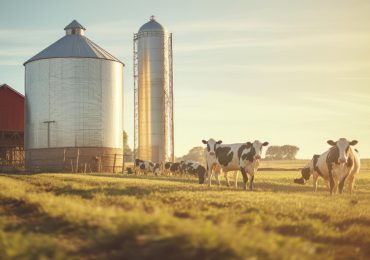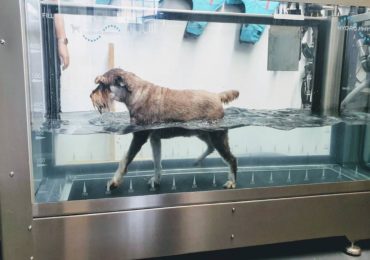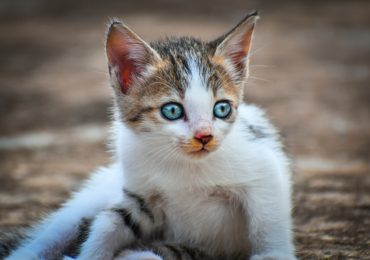Like humans, horses require energy on a daily basis. All animals require energy to breathe, move, and function. But what really is energy, where can your horse get it from and what happens when an energy deficit occurs?
What is Energy?
Energy isn’t actually a nutrient as it isn’t something that is tangible – it is simply transformed from one form to another. Energy is trapped in bonds in food and is released when the food is broken down and digested. The nutrients that contain energy are things like carbohydrates and fat and these provide different forms of energy to the horse. Horse feed usually contains a range of ingredients that provide different energy sources to meet the needs of the horse.
If more energy is consumed than is needed it is stored for later use. The form and location of the energy stores include
- Carbohydrates can be stored as glycogen in the muscle and liver or as adipose tissue
- Fats and oils are stored as adipose tissue.
Interestingly, adipose tissue is not just an inert store of fat, it can produce hormones and other chemical messengers such as cytokines. In obese horses, these hormones are thought to be linked to problems such as Equine Metabolic Syndrome.
The challenge with good doers or those that hold their weight easily is providing enough chew time without too many calories. Horses are herbivores and so are designed to eat for around 16-18 hours every day. If what they consume is too high in energy (calories) they will gain weight and become predisposed to problems such as laminitis. Feeding low calorie forages means they can satisfy their need to chew without consuming too many calories. It’s a bit like a human eating celery and carrot sticks throughout the day rather than one cream cake at lunchtime!
Although overeating may lead to major health issues within your horse, it is just as important that they receive sufficient energy. Youngstock need energy to grow, brood mares need energy to support both the pregnancy and a suckling foal and performance horses need energy for work. It is interesting to note that the lactating brood mare has the highest energy requirement of all as she is literally eating for two!
Being significantly underweight means older horses may find it harder to fight off infections and should any horse require surgery such as for colic, they are less likely to cope with anaesthesia as well as a horse in good condition.
How do Horses Use Energy?
Horses are able to make use of different horse feed components, storing, and using them in different ways. Some food provides quick release energy while others such as fibre and oils provide slow-release energy. Glycogen, the storage form of carbohydrates, can be broken down in the absence of oxygen (anaerobic respiration) such as when horses are working at speed whereas adipose or fat stores require oxygen (aerobic respiration) so are more useful for low intensity work. The by-product of anaerobic respiration is lactic acid which accumulates in the muscles and is eventually what causes fatigue in athletes as it can not be removed quickly enough from the body.
Horses used for long distance or endurance racing which may be 100kms or more tend to have a diet with a higher level of fibre and oil in as they work for longer periods at lower intensities. Sprint racehorses will have a higher proportion of carbohydrates such as starch from cereals to provide the quick release energy they need.
Dietary Carbohydrate Energy for Horses
Fibre is also a form of carbohydrate alongside starch and sugar. Whilst humans don’t access much if any energy from fibre, horses are well adapted to do so. Every horse should consume at least 1.5% of its body weight as forage, which is very high in fibre, to maintain a healthy digestive system. The better the quality of forage used, the more energy the horse will be able to extract from it. Using high quality forages is helpful for those that don’t hold their weight well.
Fat Energy for Horses
Fat energy is 2.25 times denser than carbohydrates. It is usually included at much lower levels in horse feed as it isn’t particularly palatable to the horse. It is a useful energy source for horses with issues linked to too much starch and sugar such as ERS (tying-up or azoturia) and laminitis.
Getting the right balance of energy for the horse is key for helping to keep them at a healthy weight but also to enable them to perform to their potential. Those competing at highest levels work with equine nutritionists, just as human athletes work with a nutritionist to optimise their diet.






